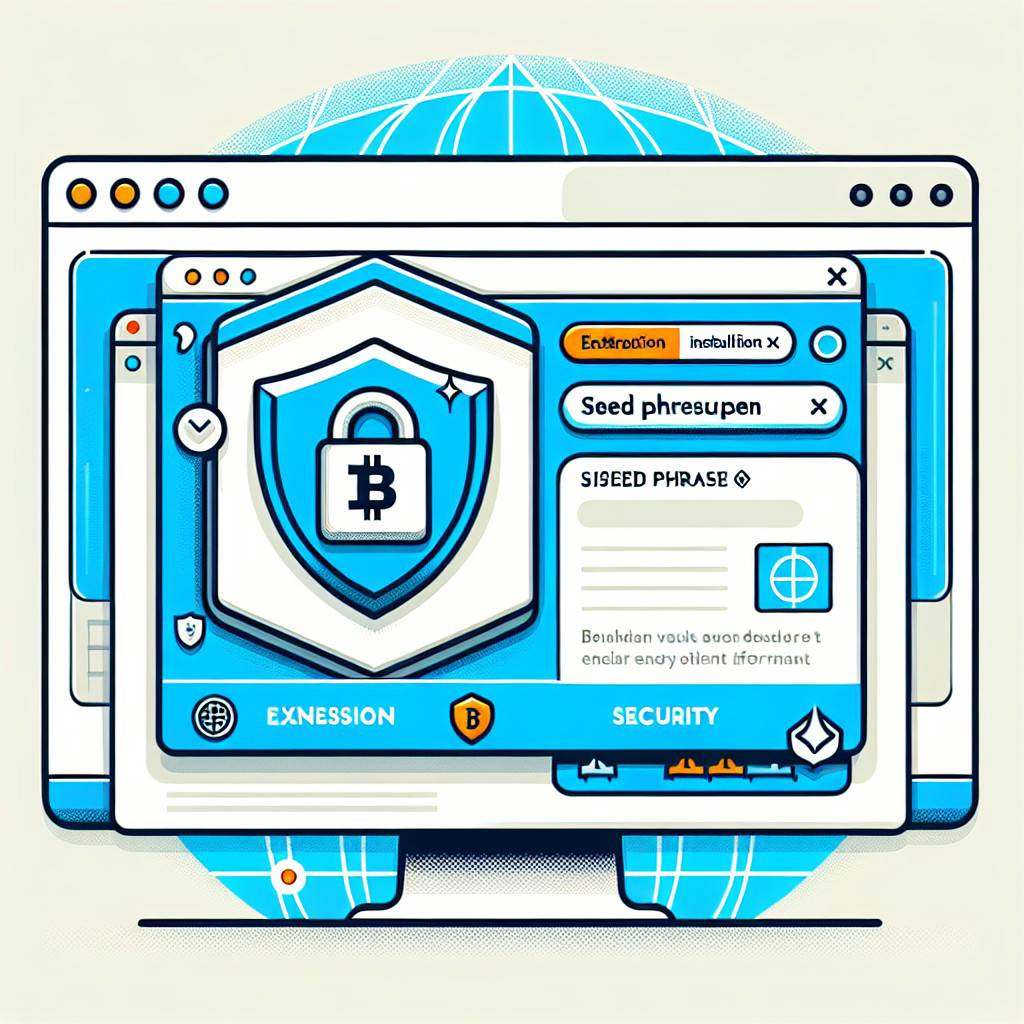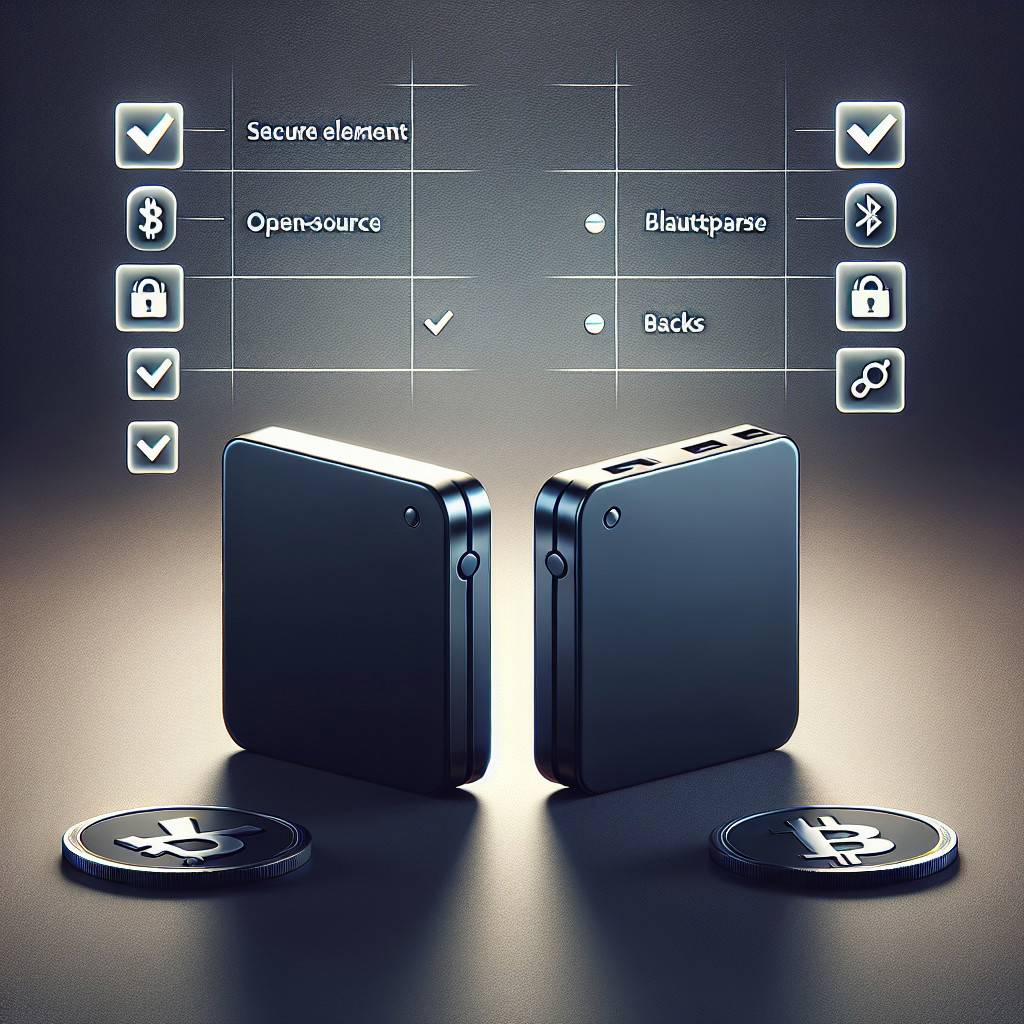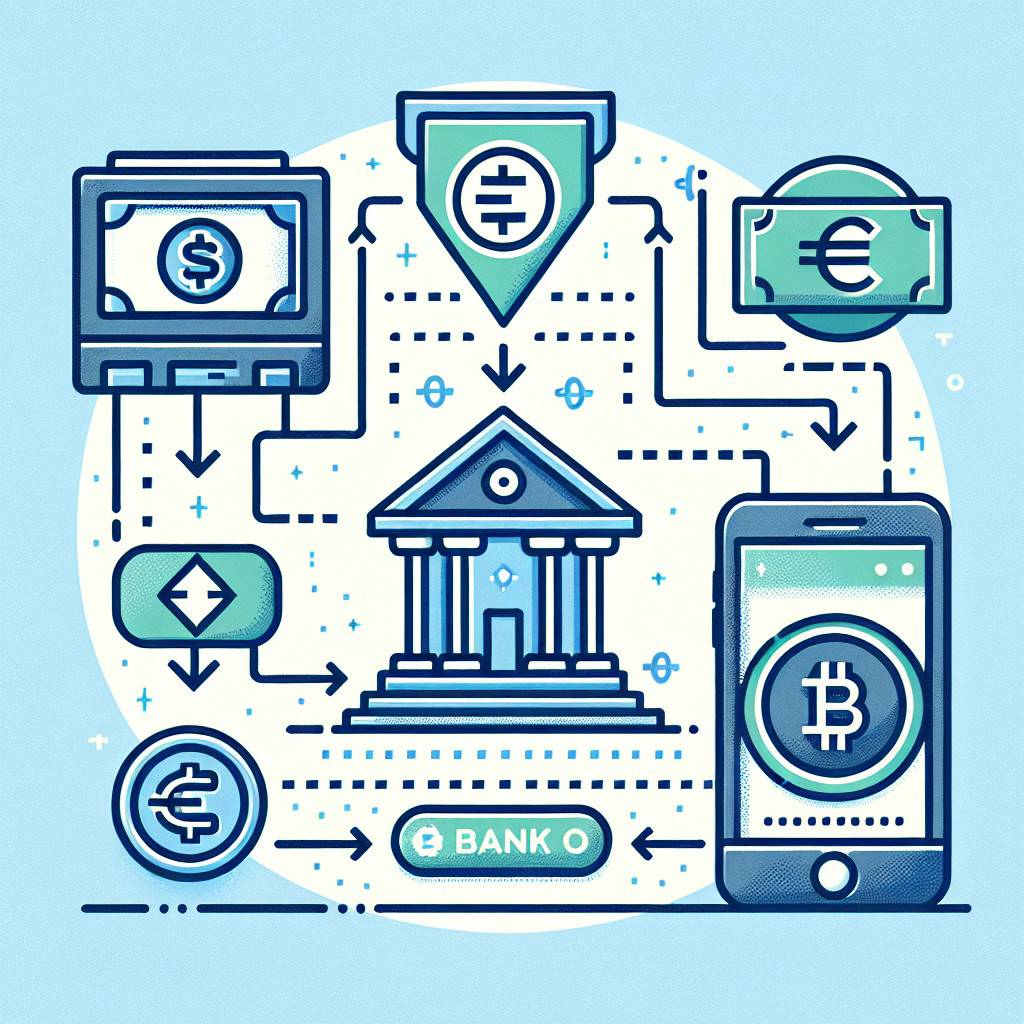
Introduction: Install MetaMask Safely and Start Exploring Web3
Ready to download MetaMask extension and step into Web3 with confidence? MetaMask is a trusted, self-custodial wallet that lets you manage ETH, tokens, NFTs, and connect to decentralized apps directly from your browser. A careful install ensures you stay protected while exploring DeFi, gaming, and collectibles.
This guide walks you through safe installation, seed phrase security, network setup (Ethereum, Base, Arbitrum), and smart connection habits. Keep it simple, keep it secure, and enjoy the open internet of value.
Quick Summary: Official Source, Install, Secure Seed — Done
- Go to the official source: metamask.io. From there, follow links to your browser’s official store.
- Install from verified stores: Chrome Web Store, Firefox Add-ons, or Microsoft Edge Add-ons only.
- Create a wallet or import: Set a strong password; write down your Secret Recovery Phrase (SRP).
- Secure your SRP: Store it offline; consider a passphrase for extra protection.
- Configure networks: Ethereum by default; add Base, Arbitrum, and testnets if you need them.
- Connect carefully: Review permissions, sign only what you understand, revoke risky approvals, and consider a hardware wallet.
That’s the fast path to a safe MetaMask setup without missing critical security steps.
Safety First: Verify Official Site/Store, Permissions, and Updates
Security starts before you click install. Threat actors often clone sites or publish fake extensions. A 10-second check can save your funds.
- Verify the URL: Type https://metamask.io/ manually. Avoid search ads and typosquats. Learn more about phishing tactics.
- Use official stores only: Chrome Web Store, Firefox Add-ons, Edge Add-ons. Confirm publisher is “MetaMask” and check reviews/installs.
- Check permissions: During install, review requested permissions and reject anything suspicious.
- Keep it updated: Enable automatic updates for the extension. Updates patch vulnerabilities and improve security.
- Educate yourself: Quick refreshers on scam patterns from sources like HubSpot’s phishing examples can boost your scam radar.
Install Steps: Chrome/Brave, Firefox, Edge — Create or Import Wallet
Installing MetaMask takes a minute. Follow the official route for your browser.
- Chrome or Brave (Chromium): From metamask.io, open the Chrome Web Store listing (official ID: nkbihfbeogaeaoehlefnkodbefgpgknn). Click “Add to Chrome” (or Brave), then “Add extension.”
- Firefox: Visit the official listing on Firefox Add-ons and click “Add to Firefox.” Confirm permissions.
- Microsoft Edge: Use the Edge Add-ons store and select “Get,” then confirm.
After installation, open MetaMask and choose:
- Create a new wallet: Set a strong password (unique, long). Carefully back up your Secret Recovery Phrase.
- Import an existing wallet: Enter your 12-word SRP offline first to verify it’s correct; then input it privately in MetaMask. Never share your SRP with anyone—ever.
Protect Your Secret Recovery Phrase: Offline Storage and Passphrase Tips
Your SRP is the master key to your crypto. If someone gets it, they own your funds. If you lose it, no one can restore it for you.
- Write it down by hand: Store in a safe, water/fire-resistant place. Consider two geographically separate backups.
- Avoid digital screenshots: Photos and cloud storage are common leak points. If you must store digitally, use strong encryption and offline media.
- Use a passphrase (advanced): Some wallets support an extra passphrase that creates a distinct vault. Memorize it; losing the passphrase can lock you out.
- Practice recovery: Do a dry run with a small test wallet to ensure you understand restoring a wallet properly.
- Consider hardware wallets: Pairing MetaMask with a hardware device keeps private keys offline, adding a strong layer of protection. See hardware wallet basics.
Configure Networks: Ethereum, Base, Arbitrum; Add Custom RPCs and Testnets
MetaMask defaults to Ethereum Mainnet, but you can easily add other networks for lower fees or specific dApps. Always verify chain details before adding them.
- Ethereum Mainnet: Preloaded. Ideal for blue-chip DeFi, NFTs, and staking solutions.
- Base and Arbitrum: Add via the “Add network” button. Confirm network name, RPC URL, Chain ID, currency symbol, and block explorer URL from official docs.
- Testnets: In Settings > Advanced, enable test networks (e.g., Sepolia). Useful for learning without risking funds.
- Custom RPCs: Only use reputable endpoints. Incorrect RPCs can cause transaction failures or expose data. Double-check Chain IDs.
- Token visibility: If a token doesn’t display, click “Import tokens” and paste the correct contract address from an authoritative explorer.
Understanding networks and RPCs helps reduce fees, speed up transactions, and improve reliability. For context on Ethereum’s ecosystem, see Ethereum on Wikipedia.
Connect Safely: Approval Hygiene, Revokes, and Hardware Wallet Pairing
Connecting your wallet is where most risks appear. Treat approvals like handing over keys—only grant what’s necessary, and review regularly.
- Read before you sign: For transactions and messages (including EIP-712 typed data), ensure you understand what’s being approved. When in doubt, cancel.
- Use reputable dApps: Start with well-known platforms and verified links. Beware of giveaways, clones, and unsolicited DMs.
- Approval hygiene: Periodically revoke token allowances you no longer need using trusted explorers or revoke tools. This limits damage if a dApp is compromised.
- Pair a hardware wallet: Sign critical transactions via hardware to protect private keys offline.
- Stay scam-aware: Review common crypto scams covered by publications like Forbes and refresh your knowledge of phishing.
Conclusion: You’re Set — Stay Secure and Back Up Regularly
With the official download MetaMask extension route, a clean install, and a careful backup, you’re ready to explore Web3 confidently. Keep software updated, verify network details, and connect only to trusted dApps.
Revisit your security basics monthly: review approvals, test your recovery workflow, and keep your SRP safe. With good habits, MetaMask becomes a powerful, convenient gateway to the decentralized internet.
FAQ: Lost Seed, Device Migration, Restore Issues, and Common Errors
What if I lost my Secret Recovery Phrase?
- There is no central recovery. If your device still has MetaMask unlocked, immediately export your SRP and back it up properly. If you’re fully locked out without the SRP, funds cannot be recovered.
How do I migrate to a new computer or browser?
- Install MetaMask from the official store and import using your SRP. Never email or message your SRP to yourself. Consider pairing a hardware wallet for smoother multi-device use.
MetaMask won’t restore my wallet—what should I check?
- Ensure the 12 words are in the correct order, lowercase, with spaces only. Confirm language and spelling. Try restoring offline to verify the phrase privately before attempting again.
Why aren’t my tokens showing?
- The wallet may not auto-detect. Click “Import tokens,” paste the exact contract address from a trusted explorer, and confirm decimals/symbol.
Stuck or failed transactions?
- Increase gas or “Speed up” if pending. For nonce issues, enable custom nonce in Advanced Settings. Network congestion and incorrect RPCs can also cause failures.
Is MetaMask free?
- Yes, installing the MetaMask browser extension is free. You pay network fees (gas) when sending transactions on blockchains like Ethereum.
Learn more about Web3 fundamentals via Web3 on Wikipedia and stay alert to constantly evolving security patterns with resources like HubSpot’s phishing guide.


No Comments